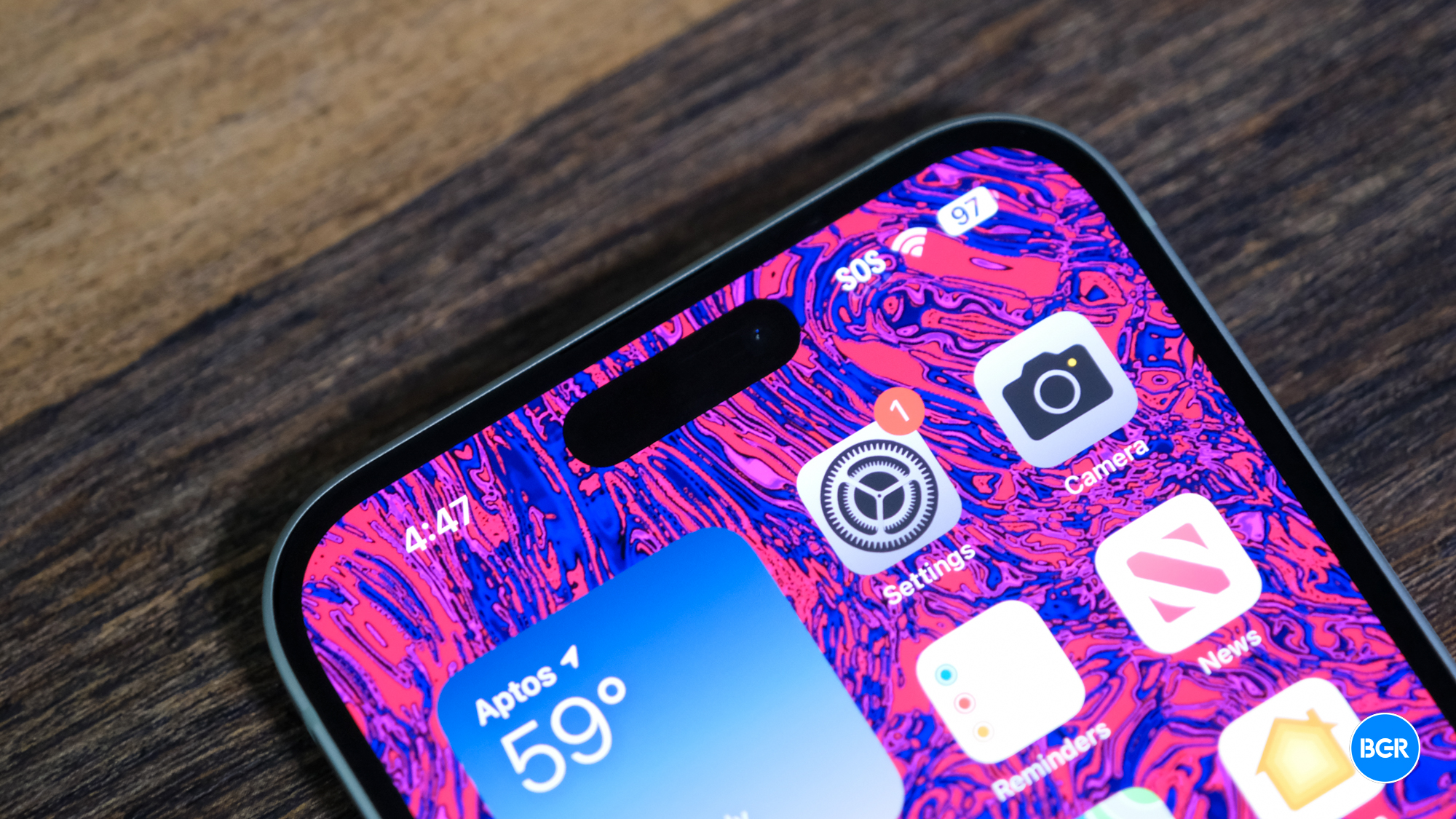While we’re getting ready for the iPhone 16 series, the first reports about next year’s iPhone 17 generation are already out. It might seem early, but remember that Apple works on iPhone prototypes for years before they become commercial products.
A few weeks ago, a well-known display analyst with a solid track record said Apple plans to reduce the screen size of the iPhone 17 Plus. Ross Young reported that the device will sit between the iPhone 17/17 Pro and the iPhone 17 Pro Max.
Young didn’t specify any new screen sizes, but Haitong International Securities analyst Jeff Pu just released a report offering plenty of details about Apple’s 2025 iPhone lineup. Apparently, the iPhone 17 Plus will be rebranded as the “iPhone 17 Slim,” and it’ll feature a 6.6-inch display.
According to Pu’s report, which was seen by 9to5Mac, the iPhone 17 series will feature other changes. The Dynamic Island might be smaller, and the phones are said to be getting better selfie cameras. Furthermore, Apple might use a different aluminum alloy for three of the four phones, and upgrade the memory on the Pro models.
If Pu’s information is accurate, the iPhone 17 Slim’s 6.6-inch screen will be slightly larger than the 6.1-inch iPhone 17 and 6.3-inch iPhone 17 Pro. But it’ll also be somewhat smaller than the 6.9-inch iPhone 17 Pro Max.
I’ll note that the screen sizes for the iPhone 17 Pro models correspond to the iPhone 16 Pro sizes. Apple will increase the displays of this year’s Pros by using smaller bezels and making the handsets slightly taller and wider. We already have plenty of iPhone 16 dummy units out in the wild that showcase the design changes.
After Young’s claims, I said I’d welcome a smaller iPhone 17 Plus. I find myself looking for a larger iPhone display than the regular Pro model I have now, but I still feel like the Plus or Pro Max would be too big. The rumored iPhone 17 Slim display would be slightly smaller than the current screens Apple uses for the Plus and Pro Max.
It’s unclear whether the Slim moniker has anything to do with the thickness or weight of the handset. But Pu says Apple will use a more complex aluminum design for the iPhone 17, 17 Pro, and 17 Slim.
That’s an exciting detail, as aluminum could help Apple reduce the weight of the three phones. If the report is correct, the smaller Pro would not get a titanium case like it has now, which seems unlikely. Pu says the iPhone 17 Pro Max chassis will reportedly be made of a stronger metal alloy.

The iPhone 17 Pro Max will also reportedly feature a smaller Dynamic Island, thanks to new “metalens” technology. It doesn’t sound like Apple will place the Face ID components under an active part of the screen, but Apple might reduce the size of the sensors. If this is accurate, I’d expect the Dynamic Island feature to trickle down to all iPhones the following year, instead of just the Pro models.
Back to Young, the display analyst said in previous reports that Apple will eventually move Face ID components under the display. This would let Apple manufacture hole-punch iPhones similar to all the Android handsets out there. The difference would be that iPhones would still support 3D face recognition. Pu’s report doesn’t make it seem like Apple is ready for this big design change.
The analyst says that all iPhone 17 models will feature 24-megapixel selfie cameras, an upgrade from the current 12-megapixel sensors.
As for processing power, the iPhone 17 and 17 Slim will get an A18 or A19 chip paired with 8GB of RAM. The iPhone 17 Pro versions will get 12GB of memory and a brand-new A19 chip.
The iPhone 16 phones should all feature 8GB of RAM. That’s an upgrade for the non-Pro models compared to their predecessors. The iPhone 16 Pro will match the memory of the iPhone 15 Pros. All iPhone 16 models will feature A18 chips, according to rumors. But the Pro versions will probably get the better versions.
That said, these are all still just rumors. There’s no point in getting too excited or upset about these purported iPhone 17 changes for the time being. Around this time next year, we’ll know exactly whether or not this report was correct. We’ll have plenty of leakers either corroborating or debunking the changes by then.








